Your backyard koi pond is a serene, calming oasis where you can unwind and enjoy the beauty of nature. To create a thriving aquatic haven for your prized koi fish, you need a reliable koi pond filter system that ensures crystal-clear water. With the right filter, your koi fish will enjoy a healthy and thriving environment, and you’ll have a beautiful and tranquil backyard oasis to be proud of.
In this article, we will explore the top-rated koi pond filter systems that provide effective filtration, helping you choose the right option for your specific needs. You will learn the importance of a quality koi pond filter, factors to consider when choosing a filter, and the different types of filtration methods available. Enhance the performance of your filter with additional accessories and learn proper maintenance techniques to keep it running efficiently.
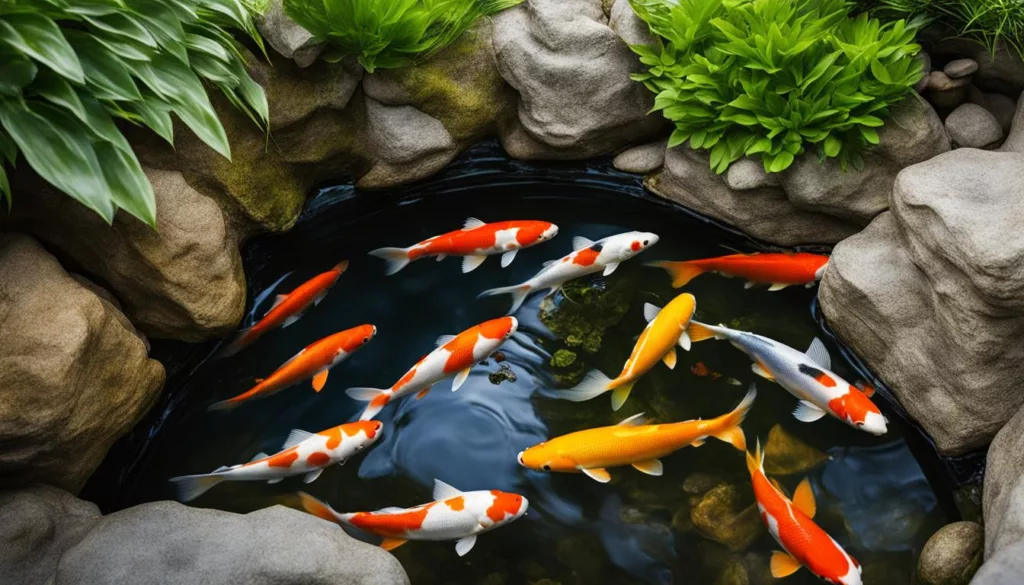
Key Takeaways:
- The right koi pond filter system provides effective filtration, resulting in crystal-clear water and a healthy environment for your koi fish.
- Consider factors such as pond size, number of koi fish, and filtration method when choosing a filter.
- Proper maintenance and regular cleaning ensure optimal performance and longevity of your filter.
- Accessories like pre-filters, automatic fish feeders, and water clarifiers can enhance your filter’s performance.
- DIY filtration systems are an option, but investing in a pre-built system may be the better choice for optimal filtration.
Why a Quality Koi Pond Filter is Essential
Transform your koi pond into a thriving aquatic habitat with a high-quality koi pond filter system designed to remove debris, harmful chemicals, and excess nutrients. Without proper filtration, your pond water can become murky and toxic, which can lead to health problems for your koi fish.
With a quality filter system, you can rest assured that your koi fish will thrive in pristine, crystal-clear water. Not only does a filter system remove harmful contaminants, but it also maintains a healthy oxygen level and pH balance in the water.
Investing in a reliable filter system is crucial for the longevity of your koi fish and the overall success of your pond.
The Benefits of a Koi Pond Filter System
| Benefits | Explanation |
|---|---|
| Cleaner Water | A koi pond filter system removes debris, harmful chemicals, and excess nutrients, resulting in clearer, healthier water for your koi fish. |
| Improved Fish Health | A filter system maintains optimal water conditions, such as oxygen levels and pH balance, promoting the health and longevity of your koi fish. |
| Reduced Maintenance | A high-quality filter system reduces the need for frequent pond cleaning and water changes, saving you time and effort in maintaining your pond. |
| Enhanced Aesthetics | Clearwater not only promotes the health of your koi fish but also enhances the overall beauty and tranquility of your backyard oasis. |
Don’t risk the health of your koi fish and the aesthetics of your pond by neglecting the importance of a quality koi pond filter system. With so many options available on the market, selecting the right filter system for your pond can be overwhelming. In the next section, we will explore the factors you should consider when choosing a filter system.
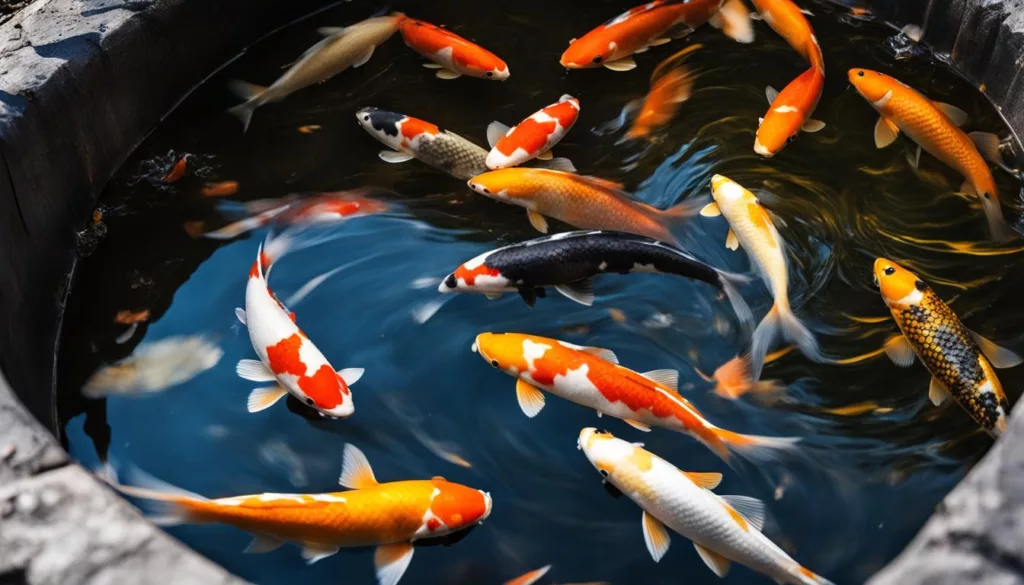
Factors to Consider When Choosing a Koi Pond Filter
Investing in a koi pond filter is a crucial step in maintaining optimal water conditions for your fish. However, selecting a filter that meets your pond’s specific needs can be overwhelming. The following factors can help you make an informed decision:
- Pond Size: The size of your pond is a critical factor in choosing the right filter. A larger pond requires a more powerful filtration system compared to a smaller one.
- Number of Koi Fish: The number of koi fish in your pond is directly proportional to the amount of waste they produce. The more fish you have, the higher the filtration capacity required.
- Filtration Type: There are different types of filtration systems available, including biological, mechanical, and chemical. Each has its strengths and weaknesses, and choosing the right type for your pond requires careful consideration.
- Flow Rate: The flow rate of the filter is crucial for maintaining optimal water conditions. Too much flow can harm your fish, while too little flow can result in stagnant water. The right flow rate depends on your pond’s size and the number of koi fish.
- Budget: Koi pond filters are available at different price points, and you need to assess your budget to choose a filter that meets your needs without breaking the bank.
By considering these factors, you can select a koi pond filter that provides efficient and effective filtration for your fish and maintains the beauty and clarity of your pond.
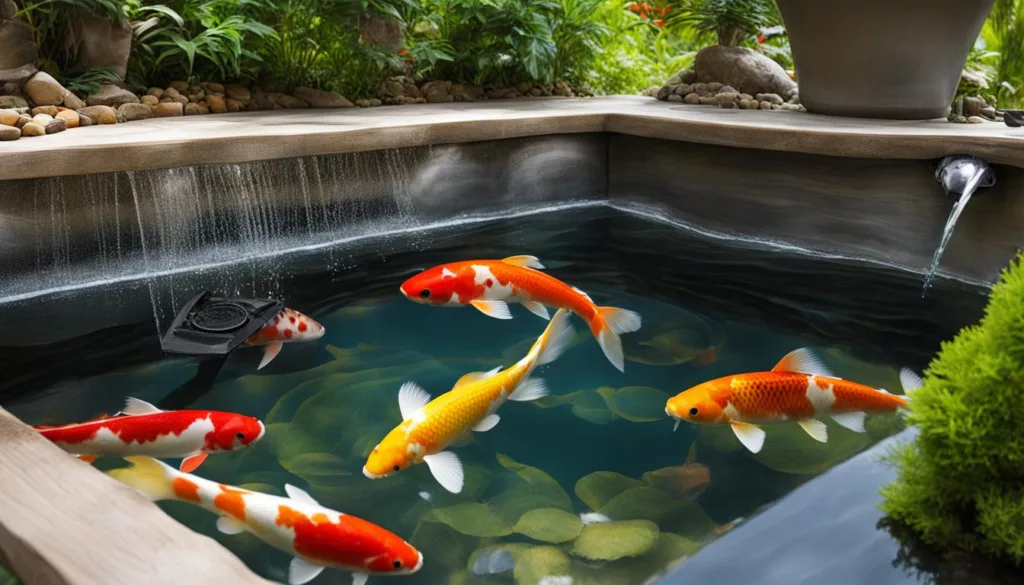
Top 3 Koi Pond Filter and Pump Combos
Investing in a quality koi pond filter and pump combo is an excellent choice for keeping your pond clean and healthy for your fish. We have compiled a list of the top three koi pond filter and pump combos that deliver exceptional results, helping you choose the perfect combination for your backyard oasis.
1. Tetra Pond Filtration Fountain Kit

The Tetra Pond Filtration Fountain Kit comes equipped with a pump, filter, and fountainhead, offering a comprehensive solution for your pond needs. The powerful pump has a flow rate of up to 325 gallons per hour, providing excellent water circulation and filtration. The fountainhead adds a stunning visual element to your pond, creating an ideal environment for your koi fish.
The filter system is designed with dual-density mesh pads, capturing debris and ensuring clear water. The system also has a bio-activator that removes harmful ammonia, nitrite, and nitrate, protecting your fish’s health. The Tetra Pond Filtration Fountain Kit is easy to set up and is suitable for ponds up to 1000 gallons.
2. OASE BioSmart 5000 Pond Filter
The OASE BioSmart 5000 Pond Filter is a high-performance filter perfect for medium-sized ponds up to 5000 gallons. The system has a built-in UV clarifier that eliminates harmful bacteria and algae, keeping your water crystal clear. The filter media is easily accessible and washable, ensuring longevity and easy maintenance.
The included AquaMax Eco Classic pump is energy-efficient and has an adjustable flow rate for easy customization. The pump provides superior water circulation, delivering oxygen to your fish and improving water quality.
3. Aquascape UltraKlean 3500 Pond Filter and Submersible Pump Kit
The Aquascape UltraKlean 3500 Pond Filter and Submersible Pump Kit is a perfect solution for small to medium-sized ponds up to 3500 gallons. The system combines mechanical and biological filtration for superior water quality. The submersible pump provides excellent water circulation and is energy-efficient, saving you money on your electricity bill.
The filter system has a UV Clarifier that eliminates harmful bacteria, viruses, and algae, ensuring crystal-clear water. The system also has a backwash system that makes cleaning and maintenance a breeze. The Aquascape UltraKlean 3500 Pond Filter and Submersible Pump Kit is easy to install and comes with a comprehensive instruction manual.
Choosing the Right Filtration Media for your Koi Pond
When it comes to selecting the right filtration media for your koi pond, there are several options available. The choice of filtration media is important because it directly impacts the effectiveness of your koi pond filter system.
Koi pond filter pads are a popular choice for promoting clear pond water. These fibrous pads capture debris, such as fish waste and uneaten food, while allowing beneficial bacteria to thrive and break down harmful pollutants.
Another common filtration media option is bioballs, which create a high surface area for bacteria to colonize and remove impurities.
Zeolite is a natural rock that provides a porous environment for good bacteria to grow. It is known for its ammonia-absorbing properties.
Activated carbon is another chemical filtration media that can be added to a pond filter system. It removes impurities and chemicals that can cause odor and discoloration.
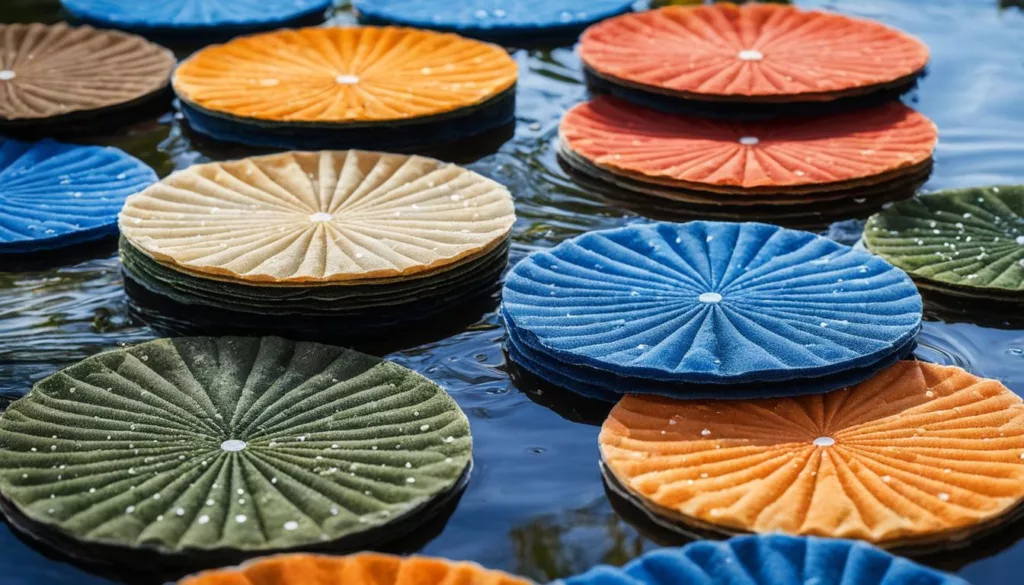
Ultimately, the choice of filtration media should suit your specific pond requirements and environmental factors. Consult with a professional and do your research to find the best filtration media for your koi pond.
Understanding Biological Filtration in Koi Ponds
When it comes to maintaining a healthy and vibrant koi pond, effective filtration is key. Koi pond filter systems perform the essential function of removing harmful contaminants and ensuring a clean environment for your fish to thrive in.
One of the critical components of koi pond filter systems is biological filtration. This process uses naturally occurring bacteria to break down harmful ammonia and nitrites in the water, converting them to less harmful nitrates.
Biological filtration takes place in a separate chamber of your filter, where a growth medium, such as bio-balls or ceramic rings, provides a home for the beneficial bacteria. As the water passes through this medium, the bacteria consume the harmful contaminants, effectively removing them from the water.
It’s essential to maintain a healthy population of beneficial bacteria in your filter to ensure continued biological filtration. This can be achieved by avoiding the use of harmful chemicals and regularly cleaning your filter media to promote bacterial growth.
The Benefit of Biological Filtration
The main advantage of biological filtration is that it provides a natural way to remove harmful contaminants from your koi pond water. Unlike other forms of filtration that rely on chemicals or physical removal, biological filtration utilizes the power of nature to keep your pond clean and healthy.
Besides, koi fish are incredibly sensitive to ammonia and nitrites, which can cause stress, illness, and death if left unchecked. By using a high-quality koi pond filter system with effective biological filtration, you can ensure your fish are thriving and healthy for years to come.
Maximizing Biological Filtration
If you want to optimize the biological filtration in your koi pond, there are a few things you can do:
- Choose a high-quality koi pond filter system that incorporates biological filtration into its design.
- Avoid overfeeding your koi fish, as this can lead to an excess of harmful contaminants that overwhelm the bacterial colonies in your filter. Feed your fish small, frequent meals throughout the day instead of one large meal.
- Ensure adequate water circulation in your pond, as this helps to distribute the beneficial bacteria throughout the water and ensures that all areas of your pond receive proper filtration.
Mechanical Filtration Methods for Koi Ponds
When it comes to maintaining a healthy and clear koi pond, mechanical filtration is just as important as biological filtration. This process focuses on removing solid debris and waste from the water. Without proper mechanical filtration, solids can accumulate and negatively impact water quality, leading to potential harm to your koi fish.
Settling Chambers
A settling chamber is a simple and effective mechanical filtration method that utilizes gravity to separate solids from the water. Water flows into the chamber, and the velocity slows down, allowing heavier particles to sink to the bottom. The clarified water then flows out of the chamber and goes through the biological and chemical filtration stages. Settling chambers are easy to install and maintain, making them a popular option among koi pond owners.
Sieves
Sieves are another mechanical filtration method that effectively removes larger debris from the water. These devices consist of a screen or mesh that catches large particles as they pass through. Sieves come in different sizes, which means you can adjust the mesh size to remove particles of various sizes. They are also easy to clean, making them a low-maintenance option for koi pond owners.
Brushes
Brushes are another popular mechanical filtration method that filters out solid debris. They work by allowing water to flow through as it moves the brushes. The brushes collect debris, which can then be removed during routine pond maintenance. Because brushes are not as effective at removing very fine debris as they are at catching larger particles, they are often paired with other mechanical filtration methods to ensure optimal water quality.
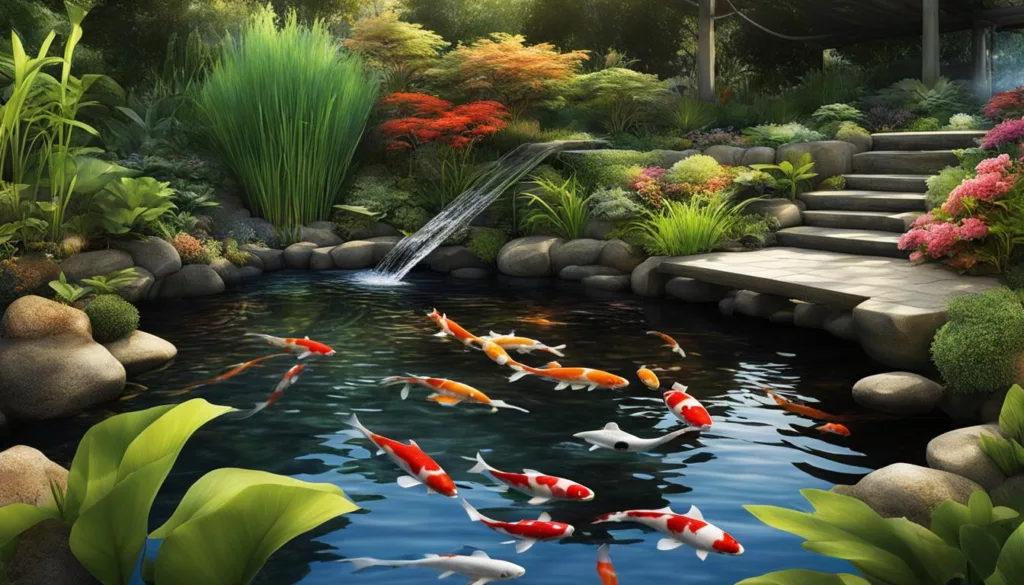
Remember, when selecting a mechanical filtration method, consider the size of your pond, the number of koi fish you have, and the types of debris you need to remove. Each method has its pros and cons, so it’s essential to choose one that meets your specific needs. When used in combination with biological and chemical filtration, your koi pond filter system will keep your pond water crystal clear and your koi fish healthy and happy.
Chemical Filtration Techniques for Crystal Clear Water
When it comes to ensuring crystal-clear water in your koi pond, biological and mechanical filtration systems are not always enough. That’s where chemical filtration comes in to remove the dissolved impurities, resulting in sparkling and pristine water.
Two common chemical filtration techniques are activated carbon and zeolite. Activated carbon absorbs organic pollutants, while zeolite removes ammonia and metals from the water. Both can be used in conjunction with your koi pond filter system for maximum effectiveness.
Keep in mind that not all chemical filtration products are created equal, and some may have adverse effects on the health of your koi fish. It’s crucial to choose a high-quality product and follow the manufacturer’s instructions to avoid any potential harm to your pond ecosystem.
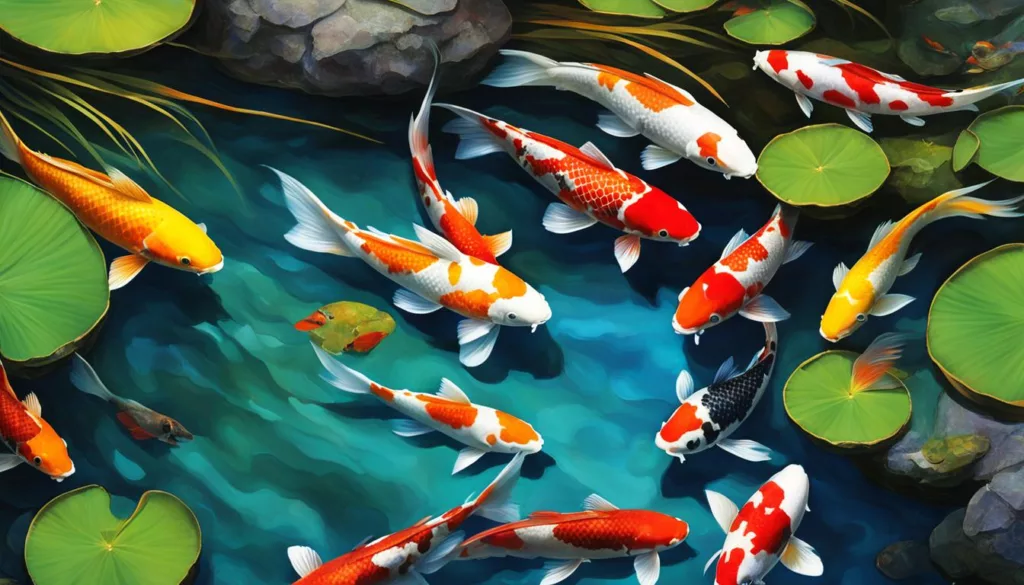
Pro tip: Consider testing your pond water regularly to determine the exact chemical impurities present, and use a chemical filtration technique accordingly.
UV Sterilizers for Algae Control in Koi Ponds
Algae can quickly become a nuisance in your koi pond, causing green or murky water that can be harmful to your fish. This is where a UV sterilizer comes in handy.
A UV sterilizer is a device that uses ultraviolet light to kill algae and other harmful microorganisms in the water. The technology works by passing the water through a chamber that contains a UV-C bulb, which emits high-frequency UV light that destroys the cell walls of algae and other organisms, rendering them harmless.
This technology provides an effective and chemical-free way to keep your koi pond clear of algae and other contaminants. It is important to note that a UV sterilizer does not replace your koi pond filter system; it works in conjunction with it to create a clean and healthy environment for your koi fish.
Benefits of UV Sterilizers
The benefits of using a UV sterilizer in your koi pond are numerous:
- Cleaner, clearer water
- Reduction in harmful bacteria, viruses, and parasites
- Healthy aquatic environment for your koi fish
- Reduced chemical use
Choosing the Right UV Sterilizer for Your Koi Pond
When choosing a UV sterilizer for your koi pond, consider the size of your pond and the flow rate of your pump. A sterilizer that is too small for your pond will not effectively destroy algae and other microorganisms, while a sterilizer that is too large will be unnecessary and consume too much energy.
Another factor to consider is the wattage of the UV bulb. Generally, a higher-wattage bulb will be more effective at killing algae and other microorganisms, but it will also consume more energy.
| Brand | Model | Wattage | Max Pond Size |
|---|---|---|---|
| Aquascape | UltraKlear UV Clarifier | 55 Watts | 5,000 gallons |
| TetraPond | GreenFree UV Clarifier | 18 Watts | 4,400 gallons |
| Oase | Bitron C UV Clarifier | 55 Watts | 15,000 gallons |
The above table provides a snapshot of popular UV sterilizers for koi ponds, including their wattage and maximum pond size. It is important to note that these are not the only options available, and you should research and compare different models before making a purchase.
The addition of a UV sterilizer to your koi pond filter system can greatly enhance the overall water quality of your pond, creating a healthy and sustainable ecosystem for your koi fish to thrive in.
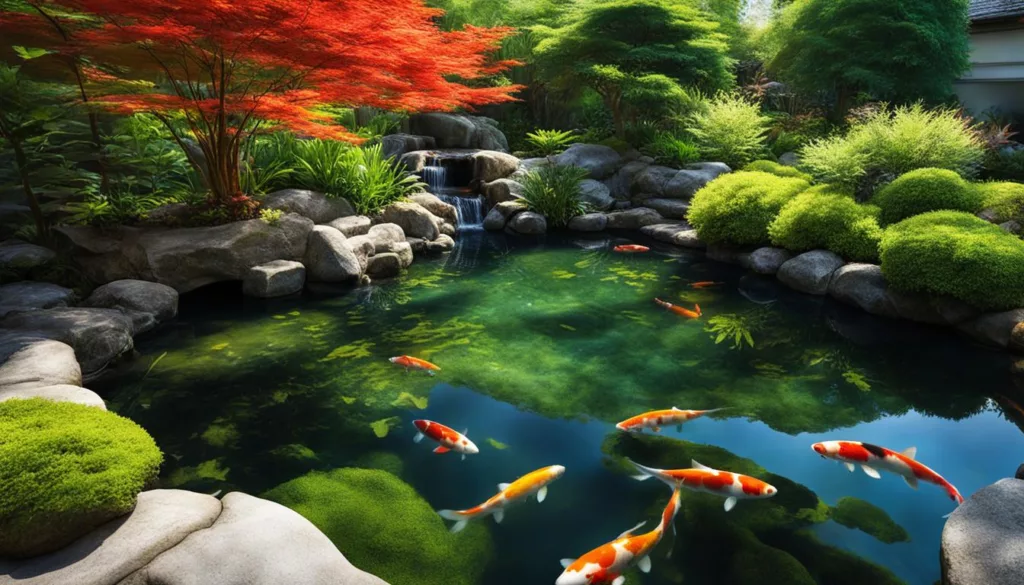
The Importance of Proper Water Circulation in Koi Ponds
When it comes to maintaining a healthy, thriving koi pond, adequate water circulation is key. Not only does it prevent stagnation, but it also supports the overall health of your koi fish. Without proper water circulation, your pond can become a breeding ground for harmful bacteria and other contaminants, leading to a variety of health problems for your fish.
Your koi pond filter system plays a vital role in achieving proper water circulation. As water is pulled through the filtration media, it is simultaneously circulated and oxygenated, promoting a healthy ecosystem in the pond. The filter helps to remove debris and waste, creating a cleaner, healthier environment for your koi fish.
Along with your filter system, adding a high-quality pond pump can also increase water circulation, creating a stronger current throughout the pond. This can also help to reduce the likelihood of algae growth, as well as promote better oxygenation and aeration.
“Adequate water circulation is crucial for the overall health and wellbeing of your koi fish. Investing in a high-quality koi pond filter system and pump is essential for achieving it.”
It’s important to note that overcirculation can also be detrimental to your fish. Strong currents and waterfalls can create stress for your koi, particularly if they are not used to such conditions. It’s best to consult with a professional before making any changes to your pond’s water circulation system.
Overall, proper water circulation is a crucial component of maintaining a healthy, thriving koi pond. By investing in a top-rated koi pond filter system and pump, you can help ensure crystal-clear water and a happy, healthy environment for your beloved fish.

Maintaining Your Koi Pond Filter for Optimal Performance
Your koi pond filter system is an investment that requires regular maintenance to ensure optimal performance. Avoiding maintenance can result in a reduced lifespan of your filter and may harm the health of your koi fish.
To maintain your koi pond filter system, first, disconnect the power supply and turn off the water source. Then, remove any debris and waste from the filter media. Check and clean the filter pads, brush away any debris, and rinse under running water. Refill the filter with fresh water and reconnect the power supply and water source.
It’s essential to check the water conditions regularly using test kits to maintain optimal pH and nitrate levels. Also, replace your filter media according to the manufacturer’s instructions and schedule to ensure efficiency, and prevent clogging and deterioration of the filter’s mechanical and biological processes.
Performing routine maintenance on your koi pond filter system will ensure that your filter system serves its purpose, keeping your fish healthy and your water crystal clear.
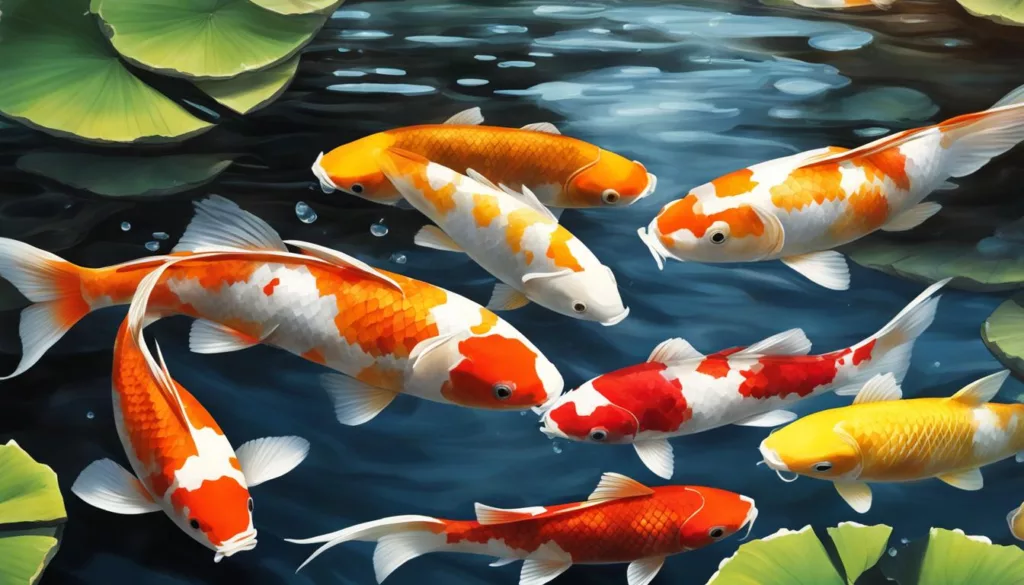
Troubleshooting Common Issues with Your Koi Pond Filter
Having a koi pond filter system ensures that your koi fish are living in clean and healthy water. However, sometimes you may encounter problems with your filter system. Here are some common issues you may face and their solutions to keep your filter running smoothly.
Clogged Filter Media
If you notice a decrease in water flow or pressure, it could be a sign that your filter media is clogged. In this case, turn off your pump and remove the filter media. Rinse it off with a hose to remove debris and buildup, then replace it. Keep in mind that mechanical filter media needs to be cleaned more frequently than biological filter media.
Leaking Components
A leaking filter system can cause water loss, impacting your pond’s water levels. Check all the components of your filter system, including valves, fittings, and hoses, for signs of deterioration or damage. Make sure all connections are tight and secure. It’s recommended to use Teflon tape on threaded connections to ensure a tight seal. If the issue persists, you may need to replace the damaged components.
Poor Water Flow
If your pump is running, but you notice poor water flow, check for blockages in your intake strainer, impeller, or volute. Clean out any debris and check for damages. Additionally, make sure that your pump is the appropriate size for your pond’s volume and the height it needs to pump water.
Inadequate Biological Filtration
If your bioload (the amount of fish waste in the pond) has increased, and your koi pond filter system can no longer handle it, you may need to increase the biological filtration capacity. This could mean adding more biological media, or even adding a secondary biological filter system to handle the increased bioload.
| Problem | Solution |
|---|---|
| Clogged Filter Media | Rinse off filter media |
| Leaking Components | Inspect and tighten connections, replace damaged components |
| Poor Water Flow | Clean out debris from the intake strainer, impeller, or volute; ensure the pump is the appropriate size for volume and height |
| Inadequate Biological Filtration | Add more biological media or a secondary biological filter system |
By troubleshooting and resolving these common issues, you can keep your koi pond filter system running smoothly, ensuring your koi fish continue to thrive in a clean and healthy aquatic environment.
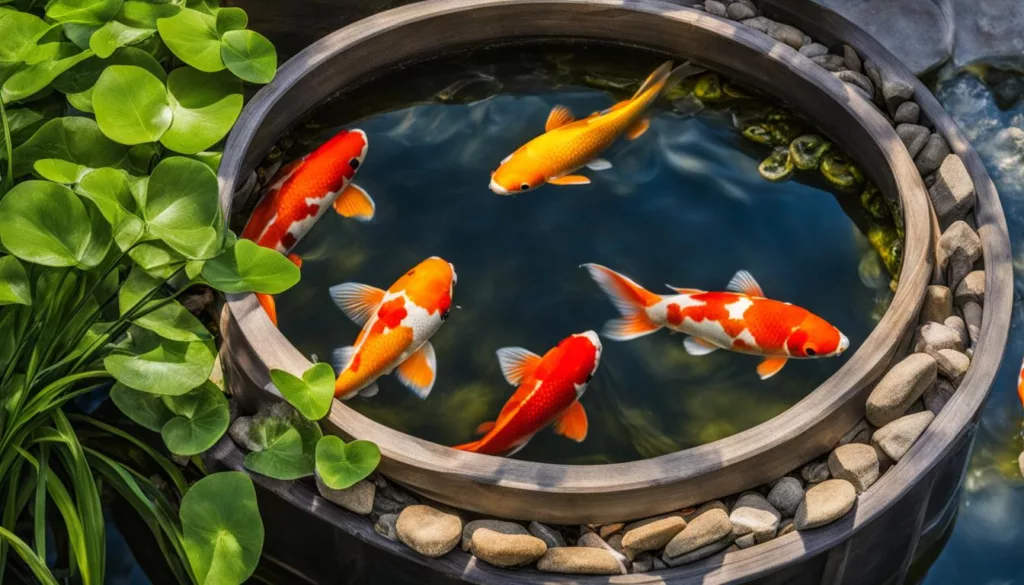
Enhancing Koi Pond Filtration with Additional Accessories
Maximizing the filtration capabilities of your koi pond filter system is crucial for maintaining the health and longevity of your koi fish. Luckily, there are several accessories available that can help you achieve optimal water conditions.
Pre-filters
A pre-filter is an add-on accessory that helps prolong the life of your main filter by trapping larger debris before it enters the filtration system. This can prevent excessive clogging and reduce maintenance needs. Some popular pre-filter options include the Atlantic Water Gardens BF1000 Biological pond filter, the Aquascape 95516 Mechanical pond filter, and the Pondmaster 12585 Pre-Filter. Adding a pre-filter can boost your koi pond filter system’s efficiency and save you time and money in the long run.
Automatic Fish Feeders
One way to maintain optimal water conditions in your koi pond is to regulate the amount of food you give your fish. Overfeeding can lead to excess nutrients in the water and poor water quality. An automatic fish feeder is a convenient add-on accessory that helps dispense just the right amount of food for your fish, ensuring they receive proper nutrition without polluting the water. Some popular options include the Eheim Automatic Feeder, the Fish Mate P21 Automatic Pond Fish Feeder, and the Outdoor Water Solutions ARS0104 Automatic Fish Feeder.
Water Clarifiers
Water clarifiers help eliminate suspended particles that can make your pond water appear murky and reduce water clarity. These accessories work by binding together tiny particles, making them easier for your filter to capture and remove. Some popular water clarifiers include the API POND ACCU-CLEAR Water Clarifier, the EasyCare FounTec Algaecide and Clarifier, and the TetraPond Water Clarifier. Adding a water clarifier can improve the overall appearance of your koi pond and make it more enjoyable to look at and relax near.
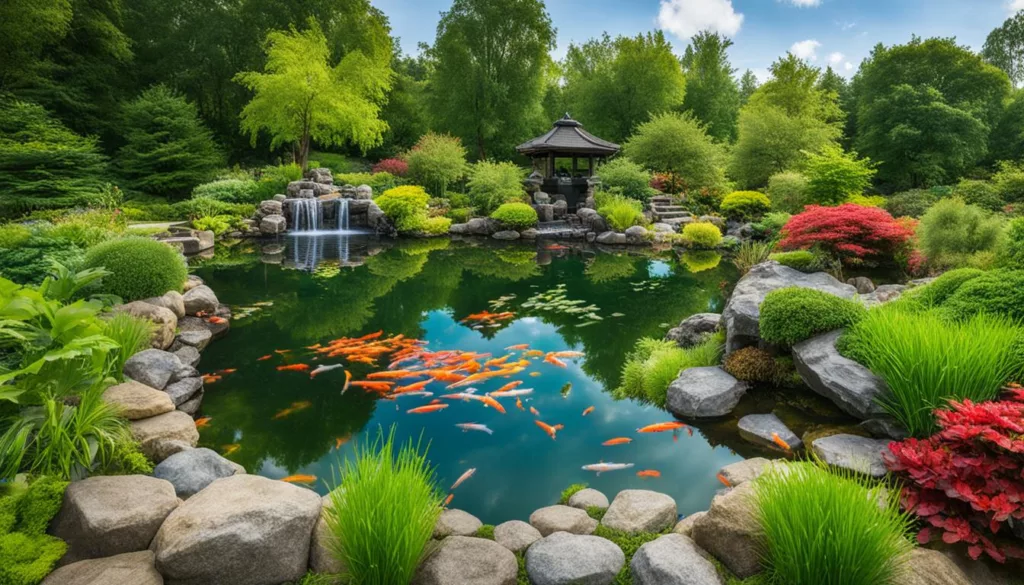
Enhance your koi pond’s filtration capabilities with these additional accessories. From pre-filters to automatic fish feeders and water clarifiers, these add-ons can help you optimize your koi pond filter system’s efficiency and maintain crystal-clear water for your beloved koi fish.
DIY Koi Pond Filter System – Is It Worth It?
If you are someone who enjoys building and creating things yourself, you may be considering constructing your own koi pond filter system. While it may seem like a cost-effective and fulfilling project, there are some important pros and cons to consider before taking on this task.
One advantage of building your filter system is the potential for cost savings. Pre-built filter systems can be expensive, and creating your own allows you to customize to your specific needs and budget. Additionally, DIY filters can provide a sense of pride and satisfaction from completing a project on your own.
However, there are also several downsides to consider. Building a filter system requires extensive knowledge of koi pond filtration and a thorough understanding of the components necessary for optimal performance. A mistake in construction could lead to a malfunctioning filtration system and, ultimately, harm to your koi fish.
Furthermore, building a filter system can be time-consuming and may take away from other aspects of pond maintenance. Additionally, pre-built filter systems often come with warranties and customer support, providing peace of mind and assistance in case of issues or malfunctions.
Ultimately, the decision to build your own koi pond filter system depends on your level of experience, available time, and willingness to take on the responsibility. If you have the necessary knowledge and skills, constructing your filter system can be a rewarding project. However, if you lack experience or time, investing in a pre-built system may be the more practical option.
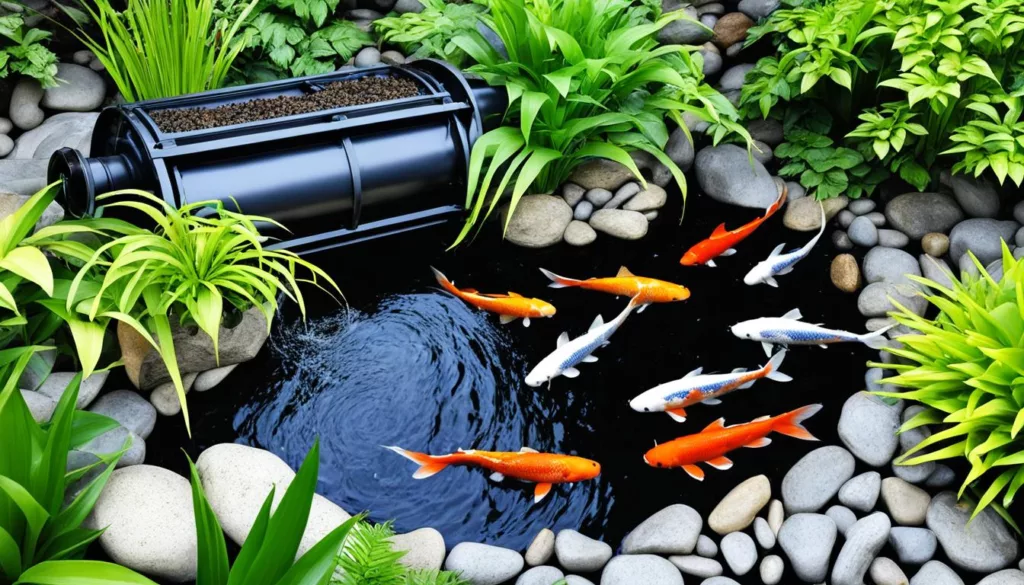
The Bottom Line
Building your own koi pond filter system can be a fun and rewarding project, but it requires extensive knowledge and time commitment. Consider the pros and cons before undertaking this task, and if you lack experience or time, investing in a pre-built system may be your best option for a reliable and efficient filtration system.
Conclusion
Congratulations on taking the first step toward creating a thriving aquatic haven for your koi fish! By investing in a reliable koi pond filter system, you are ensuring crystal-clear water and optimal conditions for your fish to grow and thrive. Remember to consider factors such as the size of your pond, the number of koi fish, and the type of filtration system that best suits your needs before making a purchase.
Proper maintenance of your koi pond filter system is crucial for maintaining its efficiency and prolonging its lifespan. Regular cleaning and troubleshooting can help prevent common issues and ensure your filter runs smoothly. Don’t forget about additional accessories that can enhance the filtration capabilities of your system, such as pre-filters and water clarifiers.
Overall, creating a beautiful and healthy backyard oasis for your koi fish requires some effort and attention, but the rewards are well worth it. So go ahead and invest in a top-rated koi pond filter system today, and enjoy the tranquility and vibrancy of your very own koi pond!
Thanks For the Great Attention!
Also, Read,
Laminate Flooring Installation Guide
FAQ
Why is a quality koi pond filter essential?
A quality koi pond filter is essential for maintaining optimal water conditions in your pond. It effectively removes debris, harmful chemicals, and excess nutrients, ensuring the health and longevity of your koi fish.
What factors should I consider when choosing a koi pond filter?
Before investing in a koi pond filter, it’s important to consider factors such as the size of your pond, the number of koi fish, and the type of filtration system that best suits your needs.
Can you recommend the top 3 koi pond filter and pump combos?
Certainly! In this section, we will introduce you to the top three koi pond filter and pump combos that are highly rated for their efficiency and performance. These systems provide both filtration and water circulation, ensuring a healthy environment for your koi fish.
How do I choose the right filtration media for my koi pond?
The choice of filtration media plays a crucial role in the effectiveness of your koi pond filter. We will discuss the different types of filter pads available and help you select the right media for your specific pond requirements.
What is biological filtration and how does it work in koi ponds?
Biological filtration is an important aspect of koi pond maintenance. In this section, we will delve into the workings of biological filtration and how it eliminates harmful ammonia and nitrites from the water.
What are the mechanical filtration methods for koi ponds?
Mechanical filtration is responsible for removing solid debris from the water. We will explore various mechanical filtration methods, such as settling chambers, sieves, and brushes, to help you choose the right option for your koi pond.
What are the chemical filtration techniques for crystal-clear water in koi ponds?
Chemical filtration complements biological and mechanical filtration by removing dissolved impurities from the water. We will discuss different chemical filtration techniques, including activated carbon and zeolite, to ensure your koi pond water remains clear and pristine.
How do UV sterilizers control algae in koi ponds?
UV sterilizers are excellent tools for controlling algae growth in koi ponds. We will explain how these devices work and why they are beneficial in maintaining a clean and algae-free environment for your koi fish.
Why is proper water circulation important in koi ponds?
Adequate water circulation is crucial for preventing stagnation and supporting the overall health of your koi fish. This section will highlight the significance of proper water circulation and the role of your koi pond filter in achieving it.
How do I maintain my koi pond filter for optimal performance?
Regular maintenance is essential to ensure your koi pond filter functions at its best. We will provide a step-by-step guide on how to maintain and clean your filter system, prolonging its lifespan and efficiency.
What should I do if I encounter issues with my koi pond filter?
Now and then, you may encounter problems with your koi pond filter. In this section, we will address common issues and provide solutions to help you resolve them, keeping your filter running smoothly.
Are there any additional accessories that can enhance koi pond filtration?
Yes, there are several additional accessories available that can enhance the filtration capabilities of your koi pond filter system. We will explore options such as pre-filters, automatic fish feeders, and water clarifiers to optimize the performance of your filtration system.
Should I consider building a DIY koi pond filter system?
Many DIY options are available for constructing your own koi pond filter system. In this section, we will discuss the pros and cons of DIY filtration systems, helping you decide whether it’s worth the effort or if investing in a pre-built system is a better choice.


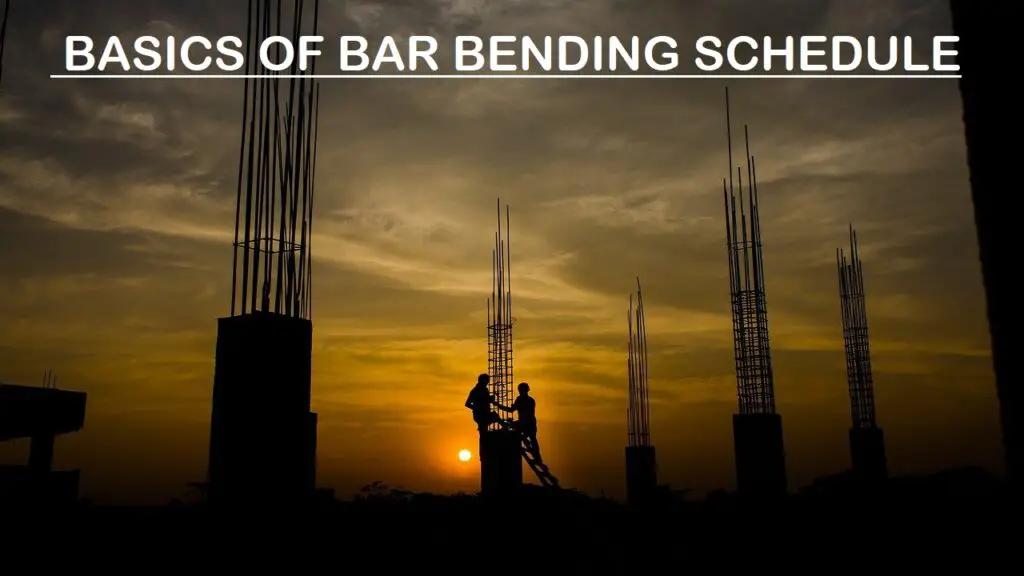
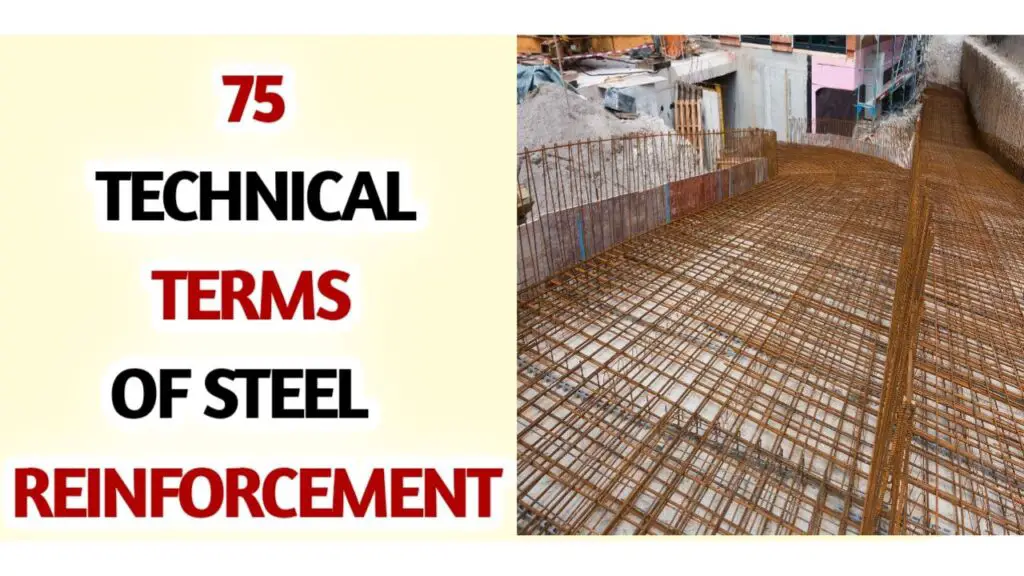
If you are facing difficulties getting [url=https://social-me.co.uk/]unblocked on Instagram[/url], our team at social-me.co.uk has the expertise to assist. We understand the frustration that comes with being blocked and offer specialized services to address this issue. Our approach is thorough, analyzing the reasons behind the block and working within Instagram’s guidelines to resolve the matter effectively, ensuring a smooth and uninterrupted social media experience.
It was great seeing how much work you put into it. Even though the design is nice and the writing is stylish, you seem to be having trouble with it. I think you should really try sending the next article. I’ll definitely be back for more of the same if you protect this hike.